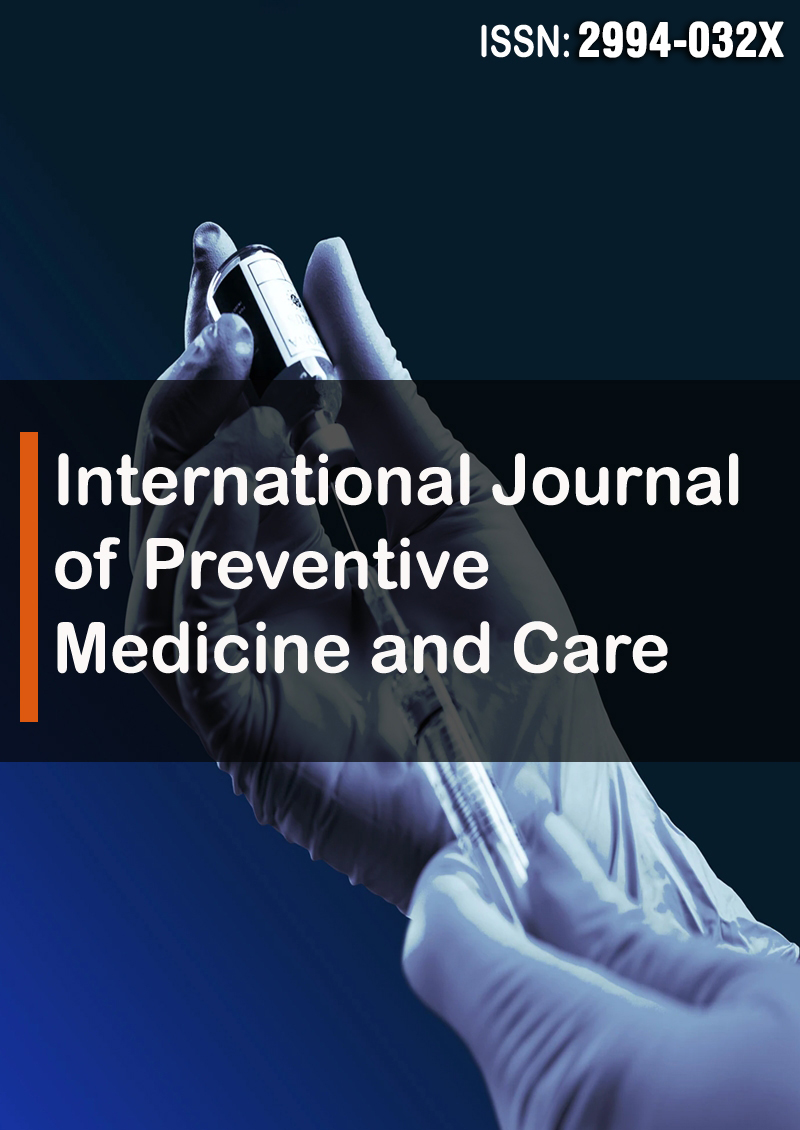Pathogen Prevalence Following Cervical Cerclage Insertion in High-Risk Singleton Pregnancies: Maternal and Fetal Outcomes
Abstract
Adedipe T. O., Chukwujama U. O. and Adedipe A. O.
Background: Cervical cerclage is a recognised treatment for cervical incompetence which carries a risk of preterm labour. Pathogen prevalence in post-cerclage populations is variable with varying outcomes on preterm birth. There is no strong guidance on screening this group of high-risk patients.
Methods: A single-centre retrospective study of singleton pregnancies that underwent a vaginal cerclage (n-45) for history- indicated (n-11), ultrasound- indicated(n-24) and physical examination -indicated reasons (n-10). Urogenital microbial assays were performed pre- and every 2-4 weeks in the post-cerclage cerclage period. Treatment depended on colony size, microbial sensitivity and recurrence vis-a-vis clinical symptomatology.
Primary aim was to identify global pathogen prevalence, pregnancy outcomes for individual arms of the cerclage placement, and identify the preterm birth risk <34 weeks gestational age having excluded other obstetric causes: with the secondary objective of identifying feto-maternal morbidity/ mortality.
Results: Age range of the cohort was 22-42 years with a median of 31 years. Positive post-cerclage urogenital cultures were identified in 80% of the population with the largest incidence in the ultrasound-indicated group. Birth after 34 weeks GA, gestational latency and birth-weights were reported in 84.6%, 78.3%, 71.4%: 144.2days, 118.7days, 109.5days: 2.98kg, 2.89kg, 2.4kg in the history-indicated, Ultrasound-indicated and physical-examination indicated groups respectively. There was a 2.8 times increased risk of delivery <34 weeks GA with a positive pathogen presence. (p= 0.042). The most common organisms were Candida spp, Group B Streptococcus and Escherichia Coli
Conclusions: There is a significant urogenital pathogen prevalence in post-cervical cerclage patients, with the ensuing risk of poor feto-maternal outcomes. Serial urogenital infection screening is a useful adjunct in the management algorithm which takes on board, timing and type of suture insertion with background obstetric risks, to mitigate cerclage failure and optimise fetomaternal outcomes.



